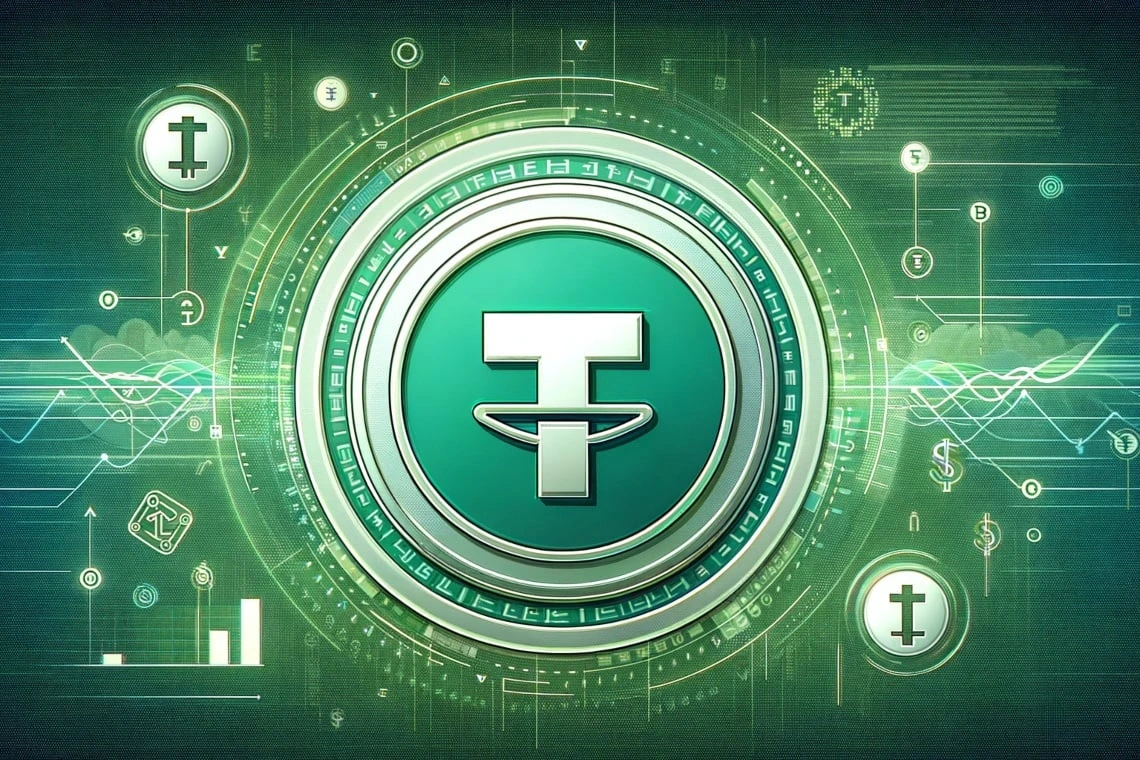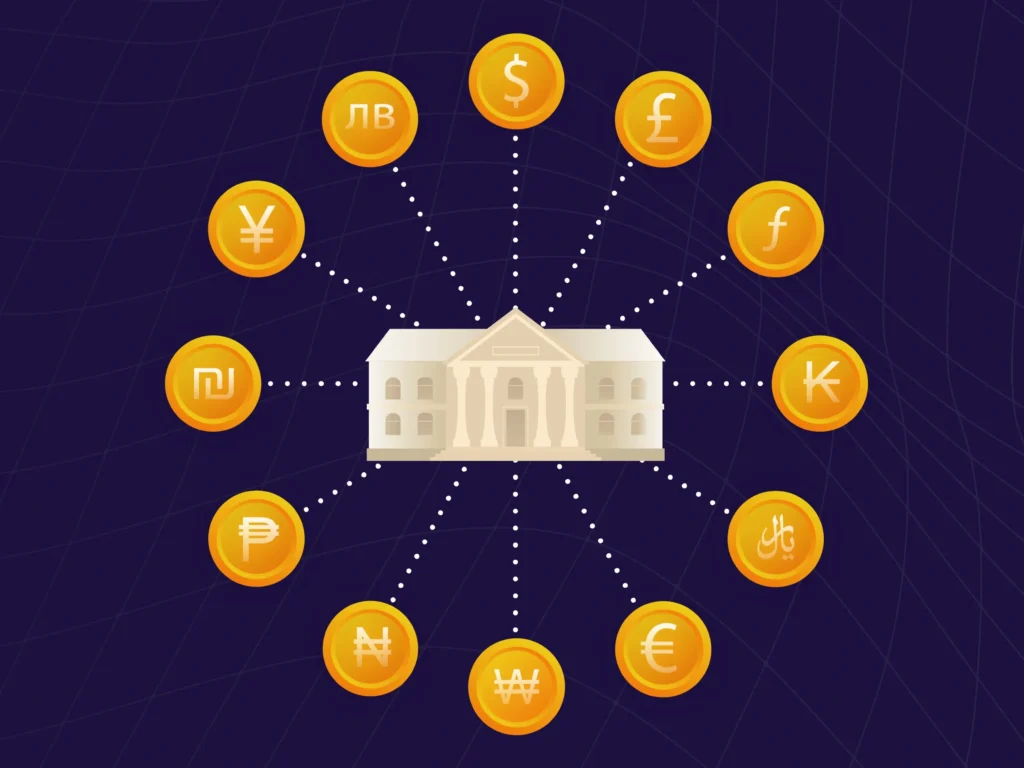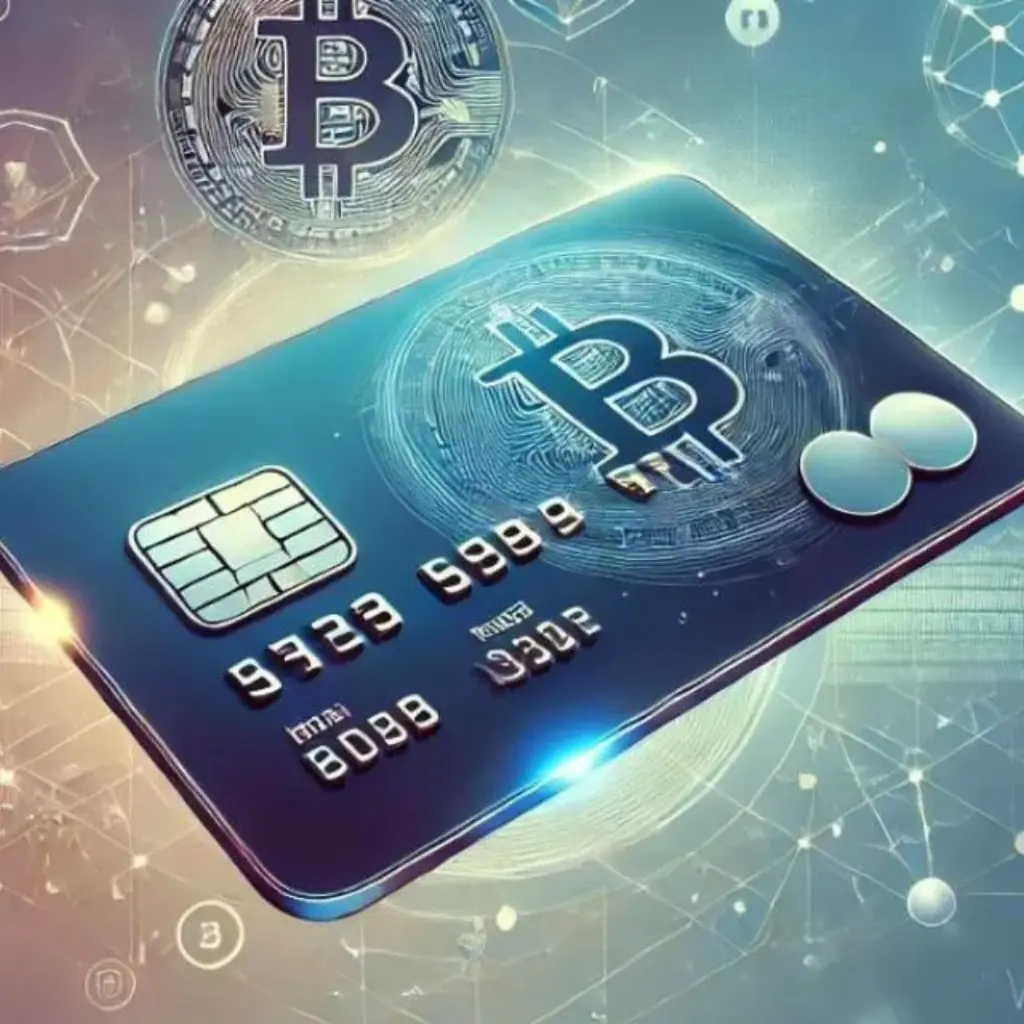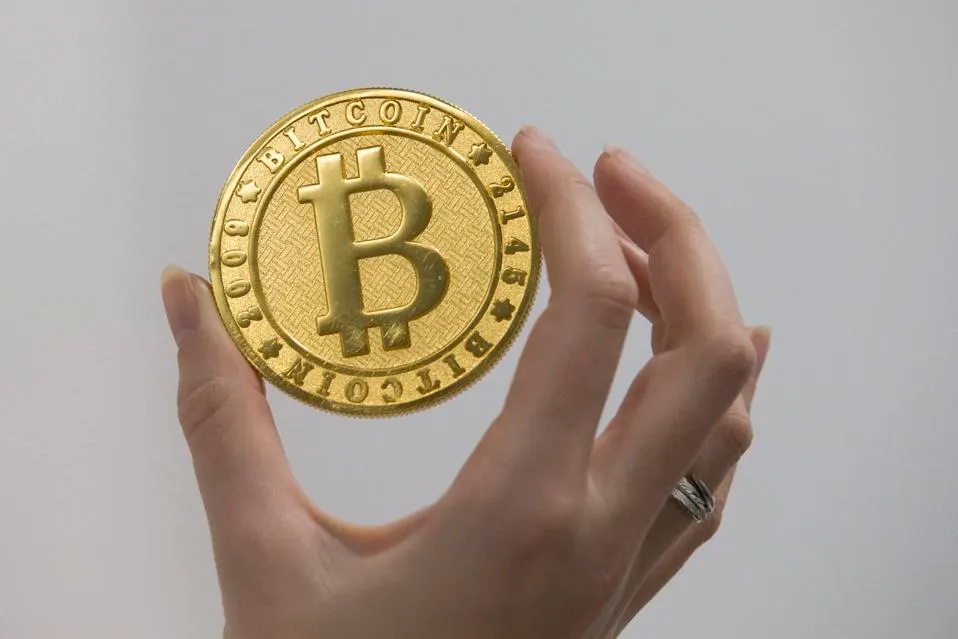Let’s say you’ve started earning through NFTs — maybe you flipped a PFP, sold a limited-edition skin, or joined a play-to-earn game. Now you’ve got USDT in your wallet… but how do you take that NFT income to real spending?
You’re not alone in wondering how to bridge that gap. And while there’s no universal answer, there are a few solid paths — each with its ups and downs.
Let’s take a look.
Crypto Cards: A Fast Route from NFT Income to Real Spending
One of the easiest ways to spend your USDT is with a crypto-linked debit card. Think Crypto.com’s Visa or the Binance Card — they let you load up your balance and use it like a regular card in stores or online.
The benefit? Convenience. You can swipe your card at most places like any other Visa or Mastercard. Some platforms even offer cashback rewards and instant conversion at the time of purchase.
But it’s not perfect. These cards aren’t available everywhere. You’ll need to complete KYC (identity verification), and you may face less favorable exchange rates compared to P2P trades.
Still, if you’re eligible and okay with going through a few steps, it’s one of the smoothest ways to use your crypto like cash.

Peer-to-Peer Marketplaces: Direct, But Demanding
P2P platforms like Binance P2P or Paxful let you trade your USDT directly with another person for your local currency.
The benefit? Control and flexibility. You can often get better rates, choose your payment method, and avoid exchange fees.
But be warned — it’s not plug-and-play. You’ll need to carefully vet your trade partners, watch out for scams, and stay patient. It’s more hands-on, but ideal for users who like having options and negotiating directly.
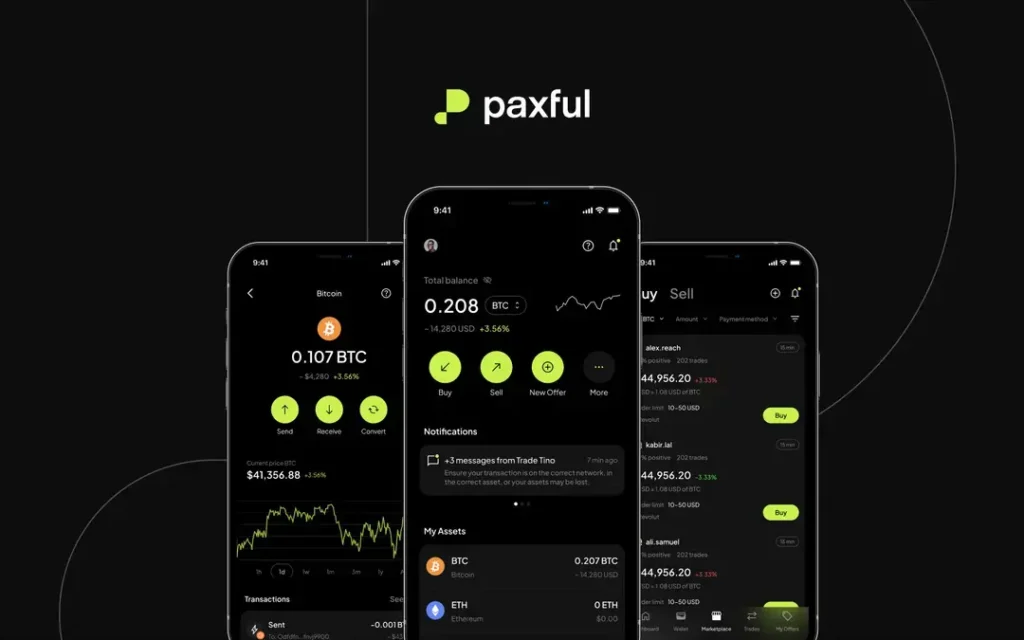

Centralized Exchanges: Trusty, But Not Instant
This is the “standard” route — send your USDT to an exchange like Binance or KuCoin, convert it into fiat currency, and withdraw to your bank account.
The benefit? Reliability. These platforms are regulated and widely used, and they often support direct fiat withdrawals to your local bank.
The downside? The KYC process is mandatory, withdrawals might take a day or two, and you may face fees or transfer limits depending on the platform and your region.
But if you want a secure, familiar method with clear processes, this is a solid choice.
Digital Spending: Gift Cards and Prepaid Options
If you want to avoid the banking system altogether, some platforms let you convert USDT into gift cards or load prepaid digital wallets — think Amazon, Google Play, or Airbnb.
The benefit? Fast, simple spending with minimal friction. Great for online shopping, digital services, or treating yourself.
Just remember: you can’t pay rent or utility bills with gift cards, so this isn’t a full cash-out method — more of a smart workaround for everyday spending.
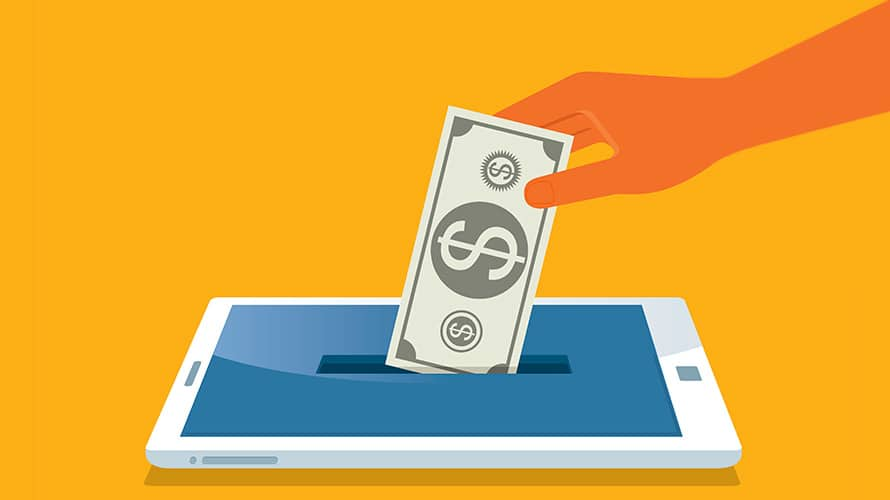

So… What’s the Best Way?
There’s no one-size-fits-all here.
- Want speed and simplicity? Go with a crypto card.
- Want better rates and control? Try P2P trading.
- Prefer security and bank support? Use a centralized exchange.
- Just looking to spend online quickly? Gift cards are your friend.
And if you’re not ready to cash out just yet? That’s fine too. Many NFT players hold USDT to invest back into the ecosystem — whether that’s another NFT drop, a new project, or passive income opportunities.
Final Thoughts: From NFT Income to Real Spending, Your Way
Turning your NFT rewards into real-life spending power doesn’t have to be confusing. With more tools than ever, it’s easier to make your crypto gains work for you in the real world.
So take your time, pick the method that fits your needs, and remember: those NFTs you minted or flipped? They’re not just fun — they’re funds.
And yes, they can help pay for your next coffee, trip, or even your bills — no wizardry required.
Relevant news: here

